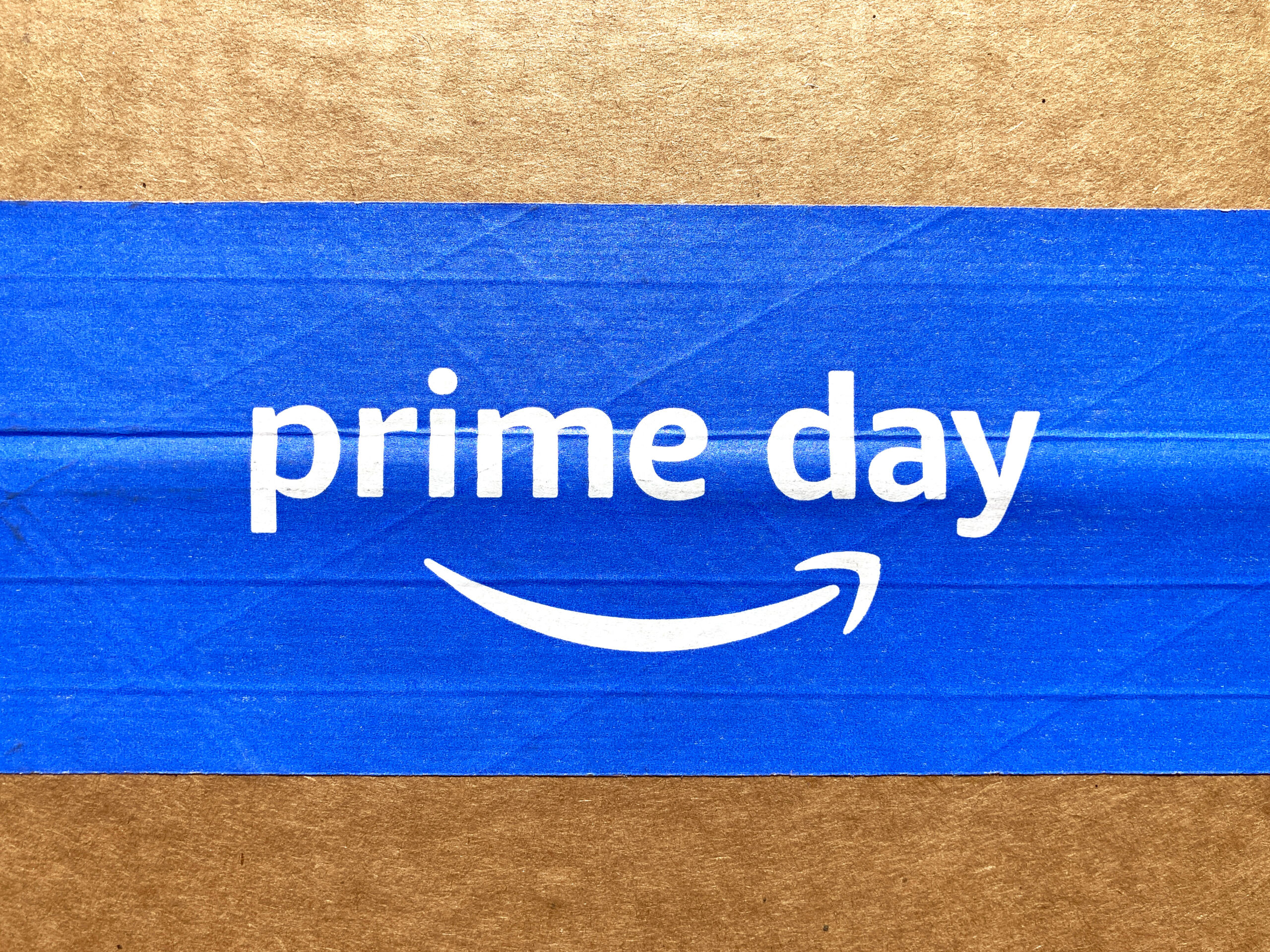In order to stay competitive in today’s market, your team can’t afford to focus on just the customer experience or the product experience.

Keywords
Think about it: if your product is terrible, it doesn’t matter how well you treat customers in other ways. They’ll still have a bad experience with your brand and they won’t want to do business with you again. And even if your product is good but your service is lacking—even if you get the order right but make customers wait for it—that also leaves them less than thrilled with their experience and canvassing the market for something better. Someone better.
In order to stay competitive in today’s ever-changing market, your team can’t afford to be focusing solely on the customer experience or the product experience. It takes a dedicated, blended approach of the two simply because they influence each other so heavily; you can’t have a customer-centric organization without focusing on the product because the product experience is such a big part of the customer experience.
Companies that are customer-centric are focused on the customer experience, which means they help to connect the right product to the right person at the right time in an enjoyable way. Customer-centric companies also think about their products or services as part of a larger ecosystem: what do we need to put into this environment so it works?
A great example of this approach is Amazon Prime Air. Amazon saw a problem with delivery times and created a solution by developing drones that deliver packages as quickly as 30 minutes after ordering them online. This type of solution requires thinking about multiple stages of interaction between consumers and businesses (eCommerce platform, fulfillment center logistics software) instead of just focusing on shipping costs or warehouse inventory levels alone.
When we talk about being “product-centric,” we’re talking about companies that focus on their products above all else. It’s easy to see why companies would choose this approach: they want their products to always be as good as possible so that customers keep coming back for more. This is especially important when it comes to technology companies like Apple and Google who release new versions of their products every year or two. In this method, organizations focus their attention on building and bringing products to the market rather than the customers that purchase their products.
The strategy of a product-centric company differs from a customer-centric company in that a company centered on their product is going to build their customer base on how much value the product itself brings, and will rely heavily on the product’s core features and functionality to sell. Product-centric organizations measure success by looking at the quality of the product itself—they use metrics such as bugs per release and time spent fixing issues as indicators for both internal development teams as well as external stakeholders/investors who may be interested in funding future projects based on previous successes.
There are many who believe you have to choose between being a product-centric organization or a customer-centric organization, and it’s understandable why. With different measurements of success and different organizational-wide goals, it can seem daunting to try to find a middle ground.
But what happens when your company gets so focused on your own products that you forget about your customers? That’s when you end up with things like high prices, limited support options, annoying security updates and even poor user experiences (like when Microsoft Word decided it wanted to change its default font).
Or what happens when you pay too much attention to just the customer experience, and let the product itself fall to the wayside? That’s when your organization gets hit with buggy products, low customer retention and satisfaction rates, and a plummet in brand trust.
The secret sauce is a multidisciplinary approach of product-customer centricity that is focused on the product, as well as its customers. It is a holistic way of thinking that takes into account all aspects of a product’s lifecycle – its creation, development, and delivery to customers across multiple channels and touchpoints.
Consumers have a vast array of product assortments at the tip of their fingertips, which means they can shop for anything, anywhere, and at any time. The sheer amount of choice that exists in the market means that if you give a consumer the chance to check out your competitor, they’re going to take it. According to a 2022 Akeneo survey, two-thirds of consumers would stop buying from a brand, or go for an alternative product, due to one bad product experience on any channel. By focusing on creating a product that caters to the customer’s needs, you end up creating an environment of trust and transparency because you’ve kept their needs top of mind.
That’s been the Akeneo motto for years. If you want to be customer-centric, you need to begin with a deep understanding of your product and how it affects the lives of your customers—from how they interact with the product to how they view your business as an entity. In order to pull this off, you need to align all aspects of your customer experience around the customer’s unique needs and expectations—and that starts with your product.
Ultimately, your product is the backbone of your business. It doesn’t matter what kind of customer experience you can showcase if your product experience doesn’t live up. The market is more competitive than ever in this omnichannel world, and opting to invest in product experience as much as in customer experience can give your organization that competitive advantage and more flexible and scalable growth possibilities.

Explore how PCM helps brands centralize and enrich product data, streamline workflows, and improve content delivery across channels, and gain a...
Read more
2025 Amazon Prime Day has officially been announced for July 8-11; if you’re a brand looking to take full advantage of one of the biggest sales...
Read more
Explore how these 2025 Experience Award winners elevated product experiences by centralizing data, automating workflows, scaling globally, and...
Read more